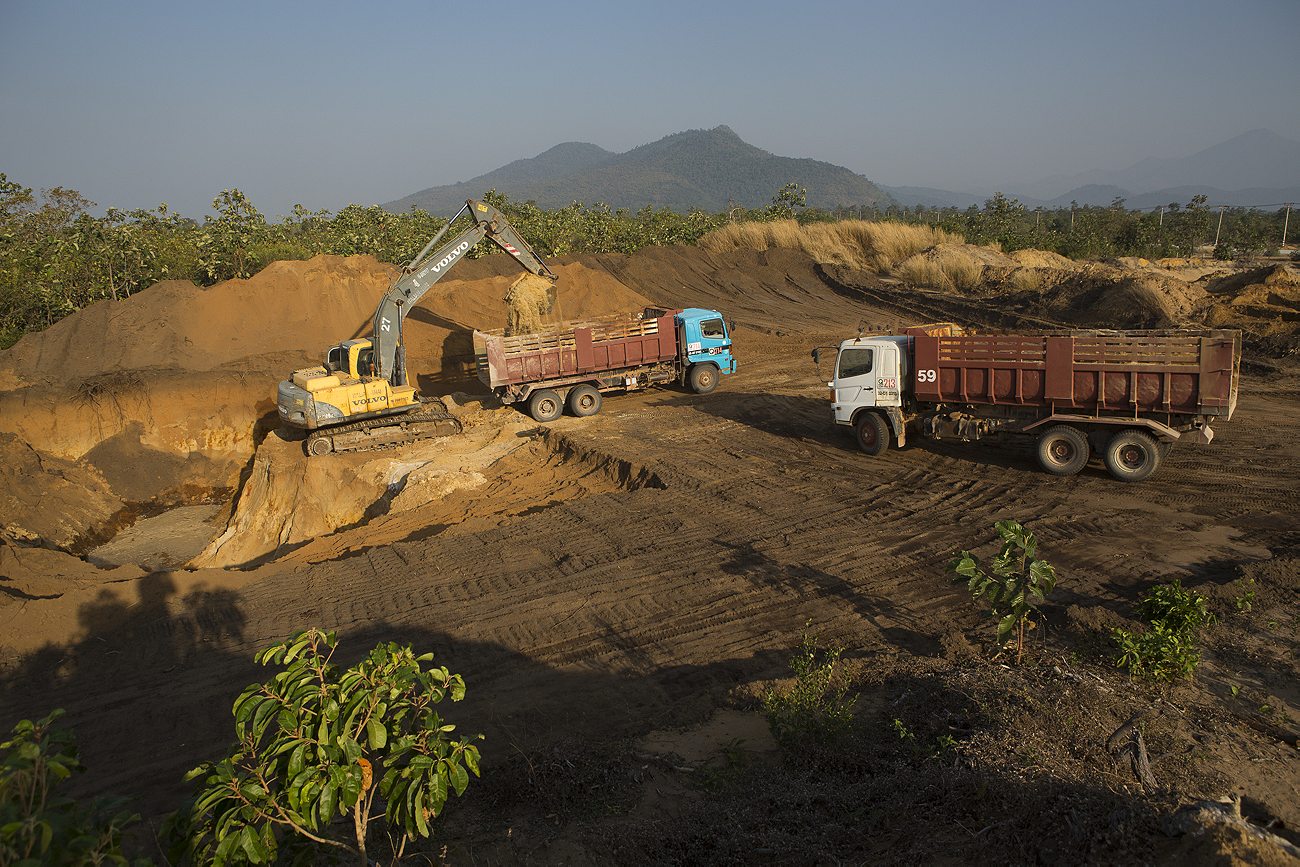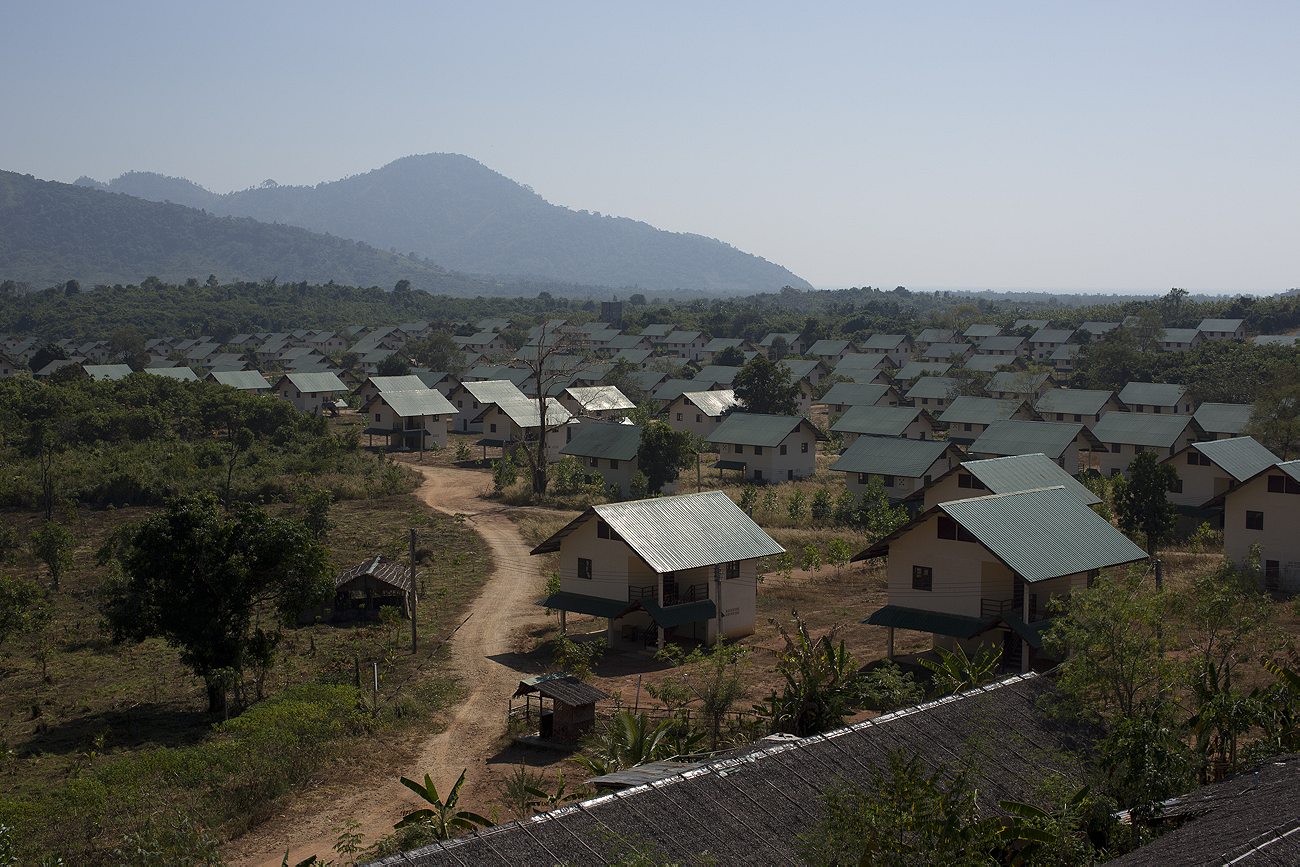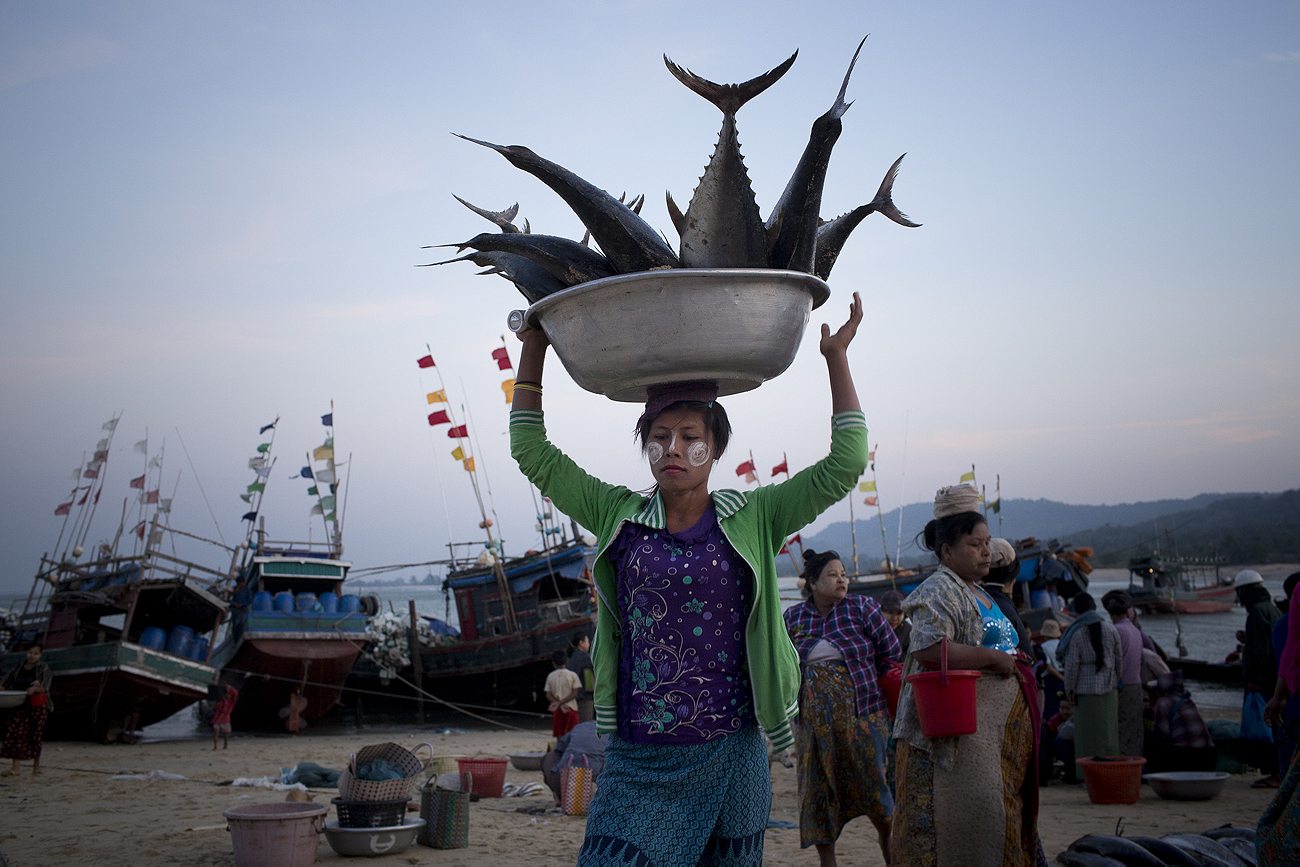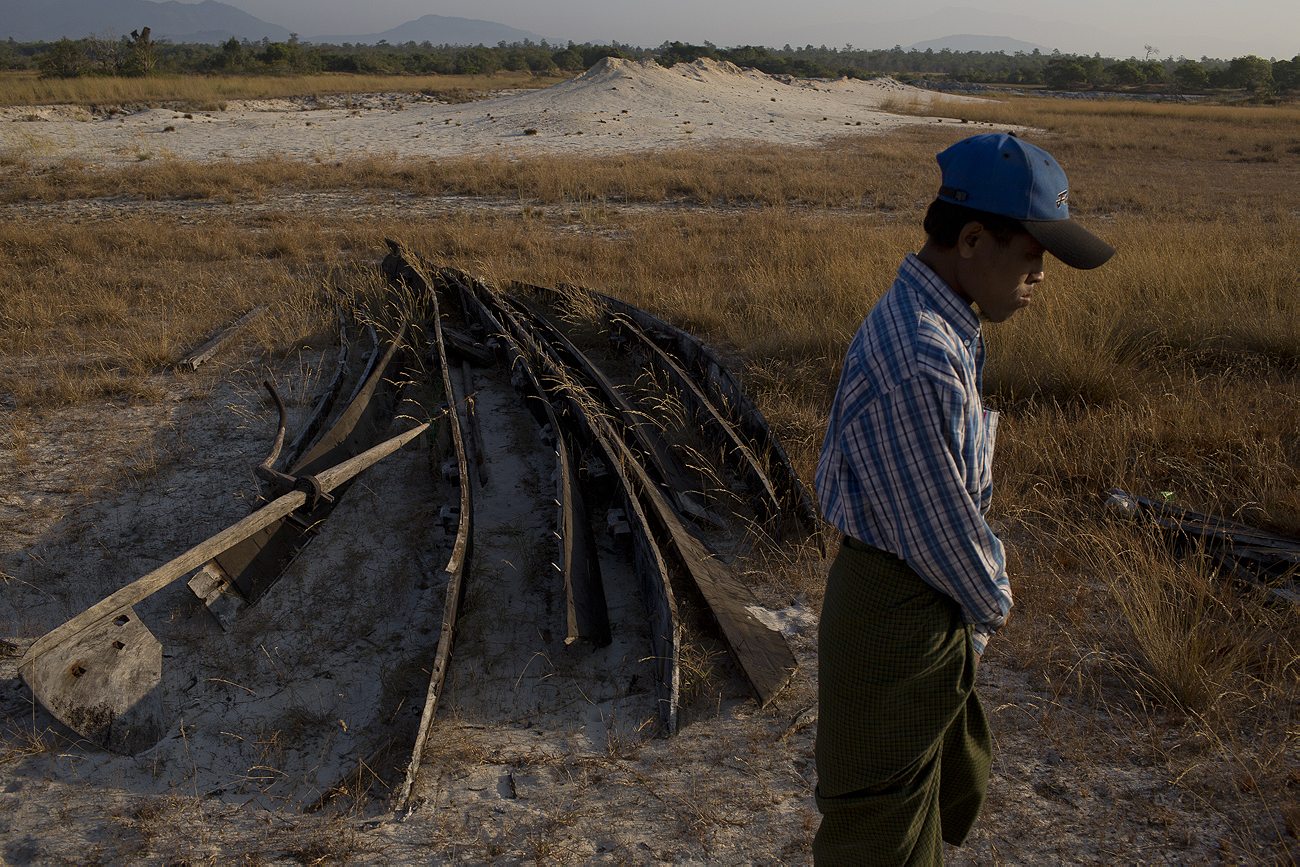In rural Myanmar, a photographer documents the lives threatened by a massive and opaque development project.
On the coastline of southern Myanmar, where the Andaman Sea meets white sand and lush forests, the villagers of Cha Kan harvest fish and salt from the ocean. This humble way of life has provided for the small community of approximately 100 people for generations. But today, looking at the temporary shanties where their homes once stood, it’s hard to picture anything but dust and construction.
In 2013, the local government bulldozed homes in Cha Kan to create space for a mammoth development project known as the the Dawei Special Economic Zone (DSEZ), which aims to transform the rural area into the largest deep-sea port and petrochemical facility in all of Southeast Asia. The DSEZ is a goliath joint project between the Myanmar, Thai and Japanese governments, with a list of private developers including the Italian-Thai Development Public Company, the largest construction company in Thailand.
For Myanmar, a nation recently emerging from almost 50 years of military rule and still heavily dependent on its vast natural resources, the lure of financial investment is intoxicating. The DSEZ project is forecast to increase Myanmar’s GDP by five percent over the next 30 years. Foreign investors also see opportunity in the project, because of cheap local labor, lax environmental regulations and the potential to provide the missing link for Asian trade to the Pacific and Indian oceans.
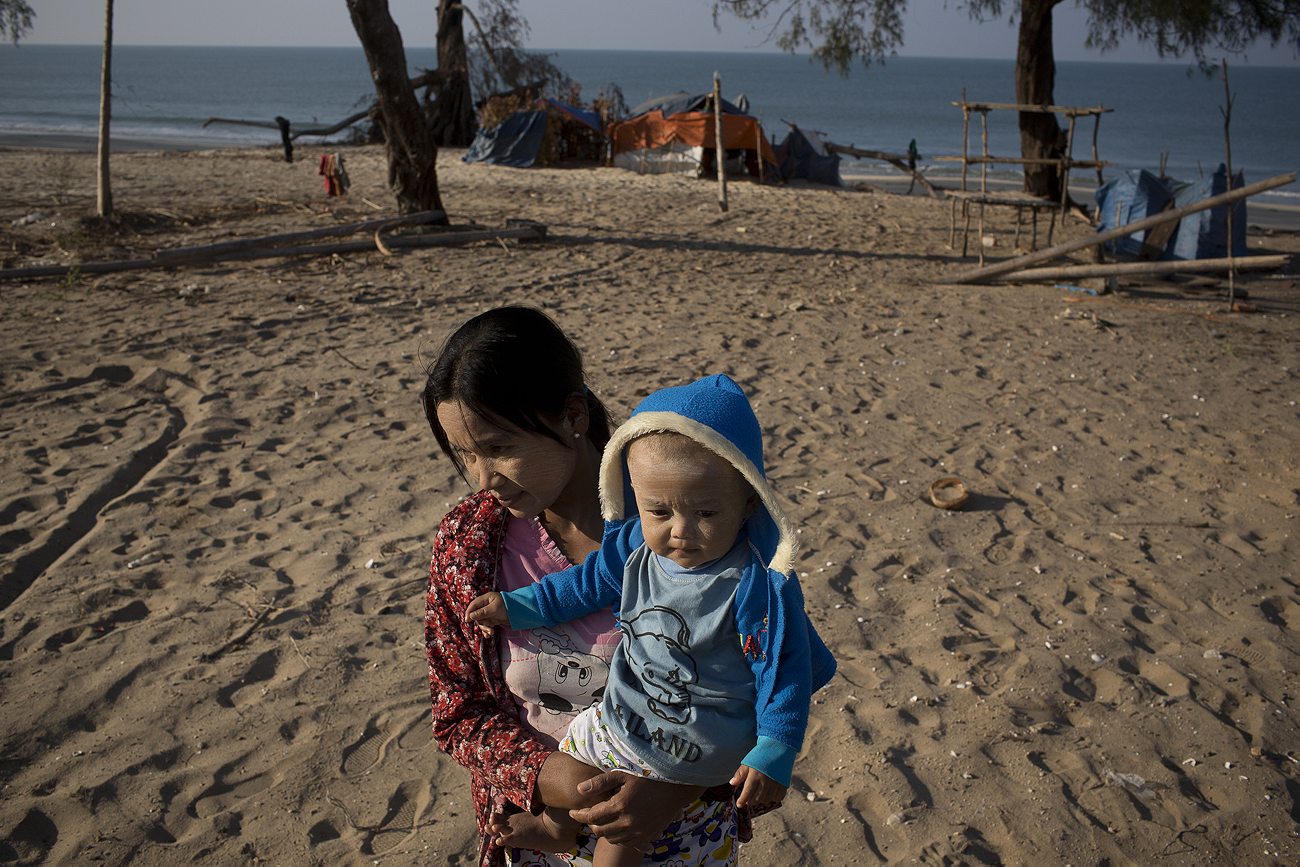
Ground zero for the DSEZ sits about 15 miles north of the town of Dawei, an already bustling port. The project would create a 75-square-mile industrial zone in the area. The initial phase (already well underway and scheduled for completion in 2018) involves the construction of a small port, power plants, a two-lane road to Thailand, a liquefied natural gas terminal, a township to house workers, a telecom landline and an industrial estate. The second and more ambitious phase will see the DSEZ become one of the largest special economic zones in the world, with plans to develop automotive, steel, electronics, rubber, metals, chemicals, refinery, fertilizers, plastics and pharmaceutical industries.
In all, the project is supposed to cost US$50 billion. But there’s a burning question here in southern Myanmar: why won’t the authorities do right by the people who actually live on this land?
The government has given some of the displaced villagers cash, housing, and even rice. But others have gone without. There is little organized planning, little transparency, little consultation with the locals. The Bawar relocation village is a glaring example of the problem: over 500 hastily constructed homes built for some of the projected 30,000 displaced villagers on a site with no arable land available or access to the sea. There could be no economic life for the villagers there, so the site remains vacant. In other situations, the dispossessed were offered one-time payments of 500,000 kyat per acre (US$500) for land that normally yields an annual income of over one million kyat (US$1,000).
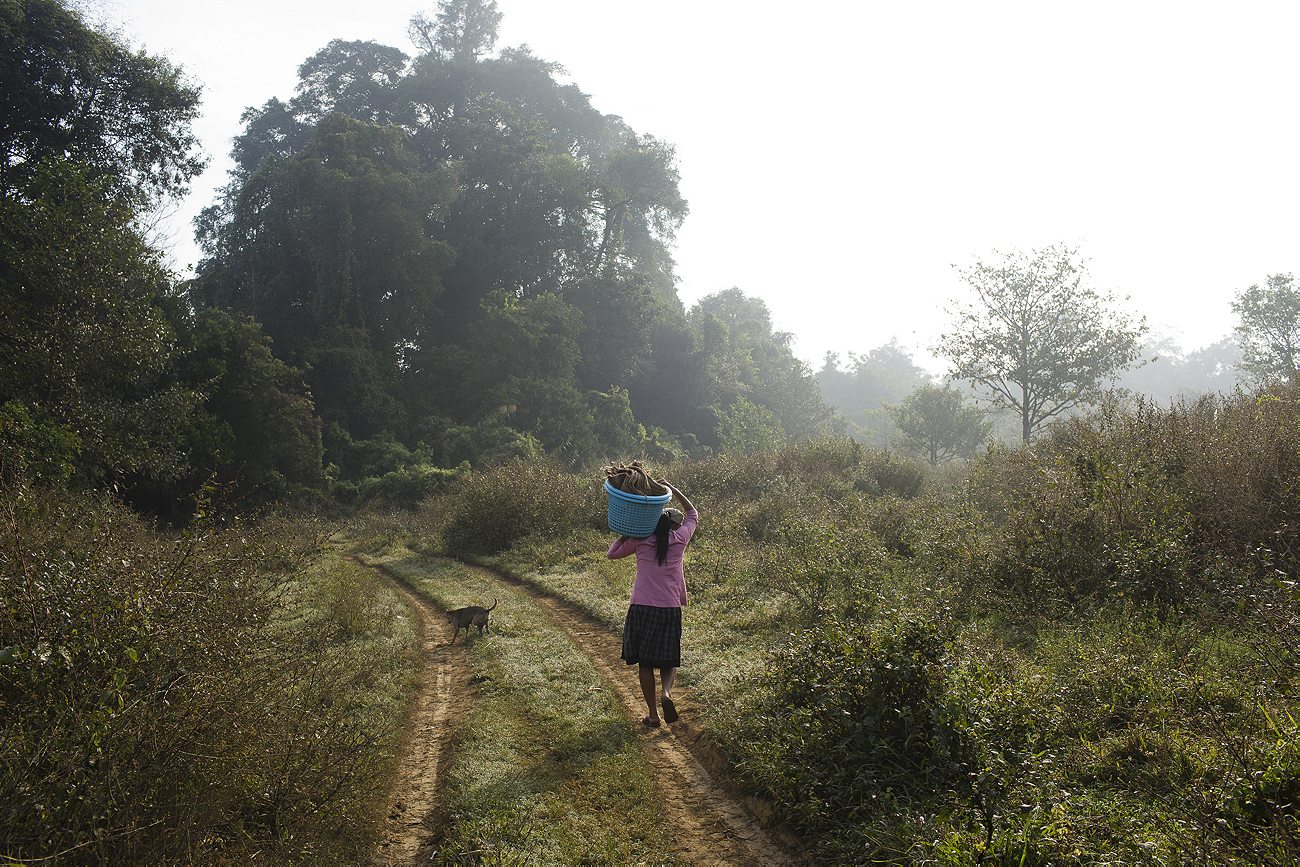
In response, residents are speaking out in ways that would have been unthinkable under the old military regime. “In Myanmar, law is like a paper tiger,” says Thant Zin, a coordinator of the Dawei Development Association, an umbrella group for smaller community organizations that oppose the DSEZ. “We are searching, where is the law enforcement here? The government has to show concern for the people that are living here.” Realistically, the association faces a daunting task as a lack of government transparency pushes the project along behind closed doors, and only limited information is being shared.
In the inland village of Kalonethar, locals continue to construct new homes under the leadership of Abbot U Panya Muntha, a monk who has stepped out of his normal constraints to lead a political resistance. This is remarkable not least because the entire village of 1,000 residents is slated to be wiped out by flooding from a new dam that will provide water for the DSEZ. With so much money behind the project, and so little transparency, it seems unlikely that their protests will ultimately succeed. But for now, defiance lies in the simple act of continuing life as it was before.


